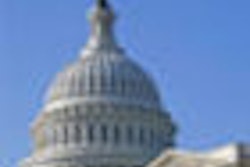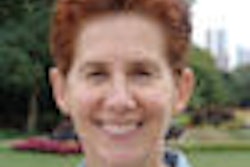Representatives of the American Dental Education Association (ADEA) recently testified before the U.S. Senate Committee on Health, Education, Labor, and Pensions hearing on Primary Health Care Access Reform on initiatives that would improve access to oral healthcare for the underserved, including expansion of community health centers and increased support for the National Health Services Corps (NHSC).
On behalf of ADEA, Caswell Evans Jr., D.D.S., M.P.H., the associate dean for prevention and public health sciences at the University of Illinois at Chicago College of Dentistry and member of the ADEA Legislative Advisory Committee, discussed the role community health centers, the NHSC, and dental schools play in providing oral healthcare to the underserved, an ADEA press release noted.
In a recent ADEA survey of dental school clinic fees and revenues, 75% of dental schools reported Medicaid payments as a source of revenue. Dental schools also partner with community health centers, local community hospitals, and other community programs in the development of dental residency training programs, with rotations of dental students in service learning programs that serve vulnerable and underserved populations.
Community health centers provide services to more than 2.3 million patients (a growth of 77% since 2000). Nationwide in 2007, 694 community health centers employed 2,108 dentists and 806 dental hygienists, and provided dental care to 2.8 million patients, according to the ADEA.
The NHSC offers scholarships and loan repayment programs to predoctoral students and new dentists in exchange for service at a community health center in a federally designated dental health professional shortage area (D-HPSA).
As designated by the U.S. Health Resources and Services Administration, the number of D-HPSAs has grown from 792 in 1993 to 4,048 in 2008. Less than half of D-HPSAs are served by federally qualified health centers (FQHC), FQHC look-alikes, or rural health clinics.
"Of existing community health centers, 73% provide oral health services, and all new community health centers are now required to provide comprehensive oral healthcare," Dr. Evans said. "Community health centers cannot bridge the gap between supply and demand for oral healthcare alone. They will continue to depend on the important contributions of the large, private dentistry workforce as they work to provide dental care for the medically underserved."
In addition to increased funding of the NHSC, ADEA recommended other initiatives to help increase access to oral healthcare, including incentives to encourage more dentists to provide care to the underserved, public-private partnerships to improve dentist participation in Medicaid, and the establishment of dental homes for all citizens.
Copyright © 2009 DrBicuspid.com



















